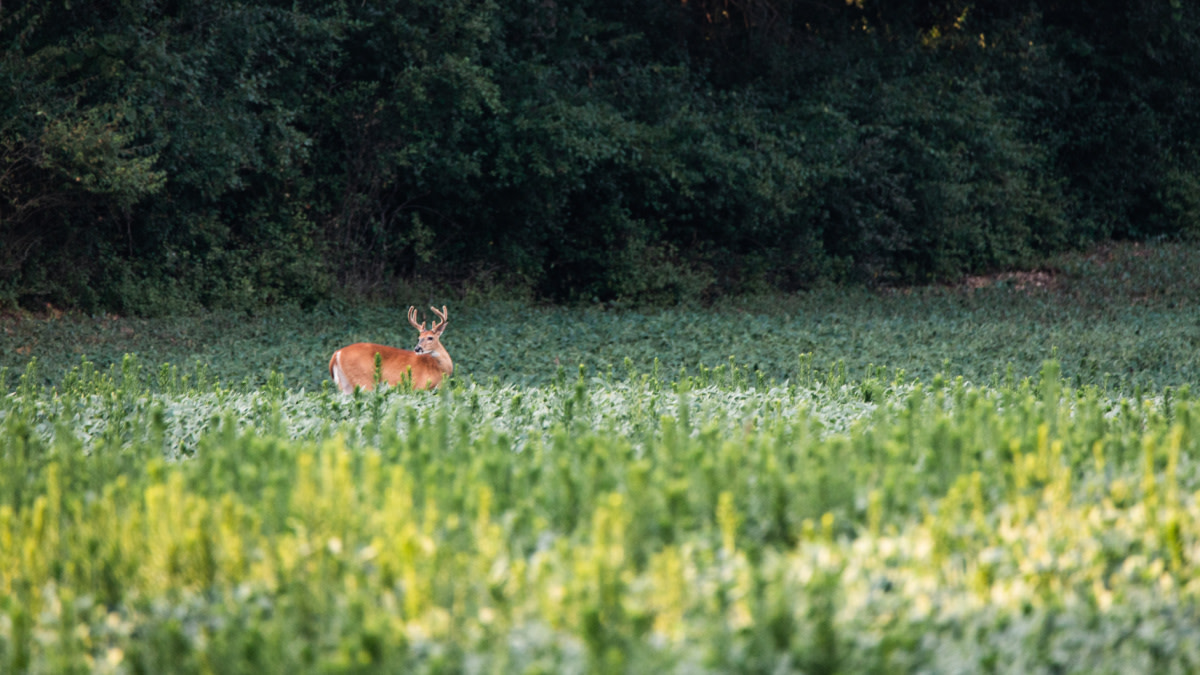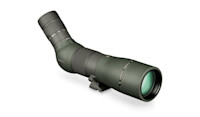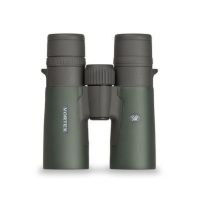
Summer is the whitetailer’s season of anticipation. At no point during the year does the excitement rise more rapidly or to such a fever pitch than those last months leading up to opening day. For that reason, we deer hunters exert a whole lot of energy each summer seeking out, watching, and photographing the bucks we hope to chase come autumn.
Unfortunately, in many cases, this is a colossal waste of time. Summer scouting, if used improperly, can be so misleading that it might just hurt your hunting efforts more than it helps them.
The Mistake There’s likely no other time of year, outside of the rut, when mature bucks are more visible than during the heat of summer. These deer have been left alone for months and, with the urgent need to pack on protein to account for all that new hardware on their heads, they spend an exceptional amount of time visiting food sources. This makes them especially easy to see, photograph, and pattern.
The problem is that these sightings can be deceptive. “I have certainly been fooled over the years thinking I was going to be able to hunt those animals, to only have them never show back up again,” said avid bowhunter Justin Hollandsworth of Lone Wolf Custom Gear.
Here’s the trap that many of us fall into: We see a bunch of bucks in a summer bean field or capture photos of a big buck on camera. With this intel in hand, we return for more and more of it and excitedly piece together a plan for how to kill these bucks based on the observed patterns. However, when hunting season opens in the fall, the deer mysteriously vanish along with those carefully-laid plans and hunting hopes.
Why? Anecdotally and based off conversations with dozens of hunters on the Wired to Hunt Podcast like Hollandsworth, it seems fair to estimate that somewhere around 50% of bucks observed in the summer relocate to a new range come fall.
“If you were to ask me how my season would go, off of summer pictures, I’d tell you I was guaranteed to kill a giant,” said Dan Johnson of Sportsmen’s Nation. “But then September hits and I notice a huge shift in movement.”
As Johnson notes, this relocation typically occurs at the same time as velvet peel, which happens around the beginning of September across much of the country. I’ve come to call this “the September Shift.” If your hunting season opens up after this date, you should assume that the patterns observed over the summer will be mostly irrelevant and that a significant percentage of the deer you’ve watched will be relocated as well.
So, what’s up with this shift? Much of it is due to a buck’s changing habitat needs and increasing social competition. Bucks in the summer are focused on being close to high protein food sources, avoiding mosquitos and the worst of the summer heat, and minimizing damage to their tender, velvet-covered antlers. For this reason, you’ll find bucks spending more time in mature open timber with its easy walking, unimpeded wind currents, and great shade. All of that changes come September or October as bucks seek out new food sources higher in energy and denser security cover that their newly-hardened antlers can handle. That gets them further away from increasing human activity too.
This time period also coincides with a rise in testosterone that results in the peeling of velvet and the breaking up of summer bachelor groups. As bucks’ blood rise and they become increasingly competitive and solitary, many will begin staking out their own turf and pushing others out.
For some bucks, the September Shift might represent a move of just a few hundred yards. For others, it might be a mile. If you hunt a large property, you might be able to relocate your summer bucks in areas you can still hunt. But if you’re on small properties this might mean you’ll be hunting completely new bucks. The most important thing here is to simply be aware that, come mid-September, the game has changed and you need to change right along with it.
So, What’s Summer Scouting Good For? Despite all of this, there is still some value in summer scouting. The key is to know what’s useful and what’s not.
“Summertime is all about running cameras and taking inventory,” Justin Hollandsworth said. “But, again, don't be fooled into thinking all the bucks you have pictures of will stick around.”
Through trailcams and glassing you certainly can get an inventory of the bucks in the area, even if you know some of the specific deer will not be there come fall. I find summer inventory most useful as a means to get a sense of general quality of bucks an area can produce. If you’re hunting a new property, considering purchasing or leasing, or just want to know where to start asking for permission, this kind of high-level census data can be useful. The exact bucks you see might eventually be gone, but there’s a good bet that similar quality or age deer are somewhere in the neighborhood.
Summer scouting, if you’re hunting a well-known property, can also help determine whether or not a buck you know from past years has made it. If you have history with a buck and he shows up again in the summer, you can expect him to return to similar habits from the previous fall. His presence in the summer allows you to start planning accordingly and with confidence. If you’re studying a specific buck, it’s worth taking note of personality characteristics too.
“Every buck has its own personality, no different than people,” Hollandsworth said. “This is a great time to take notice either through trail cameras or glassing. Some are loners and shy, while others take no crap and are downright bullies. You can use this against him later in the fall when you catch back up to him."
Finally, even though I know many of the summer bucks will be gone by hunting season, I still like to develop a tentative target list. I do this because making shoot-or-don’t-shoot decisions as a buck approaches in the field can be awfully tricky, especially if you have specific, age-related goals. By examining summer trailcam photos or making long-distance observations you can start categorizing bucks based on estimated age. If one of these bucks does end up sticking around, you’re that much more prepared for the moment of truth.
A Grain of Salt The key to summer scouting is to hedge your bets. Don’t count your chickens before they hatch. Whatever folksy saying you want to go with, the reality is this: A lot can change from summer to fall. Don’t ever forget it.
Feature image via Captured Creative.







